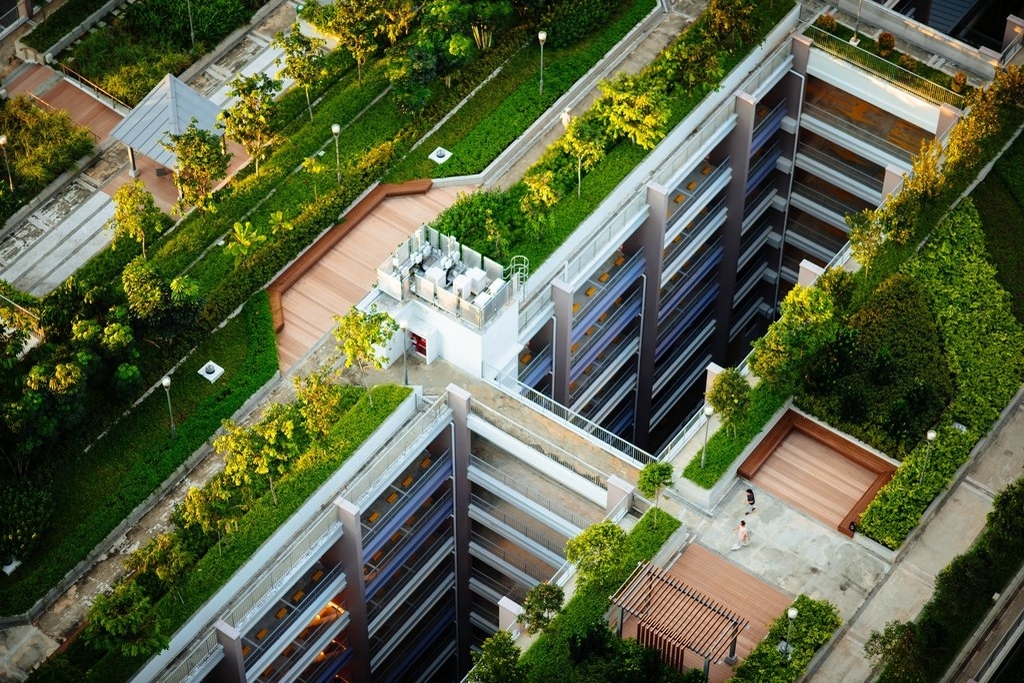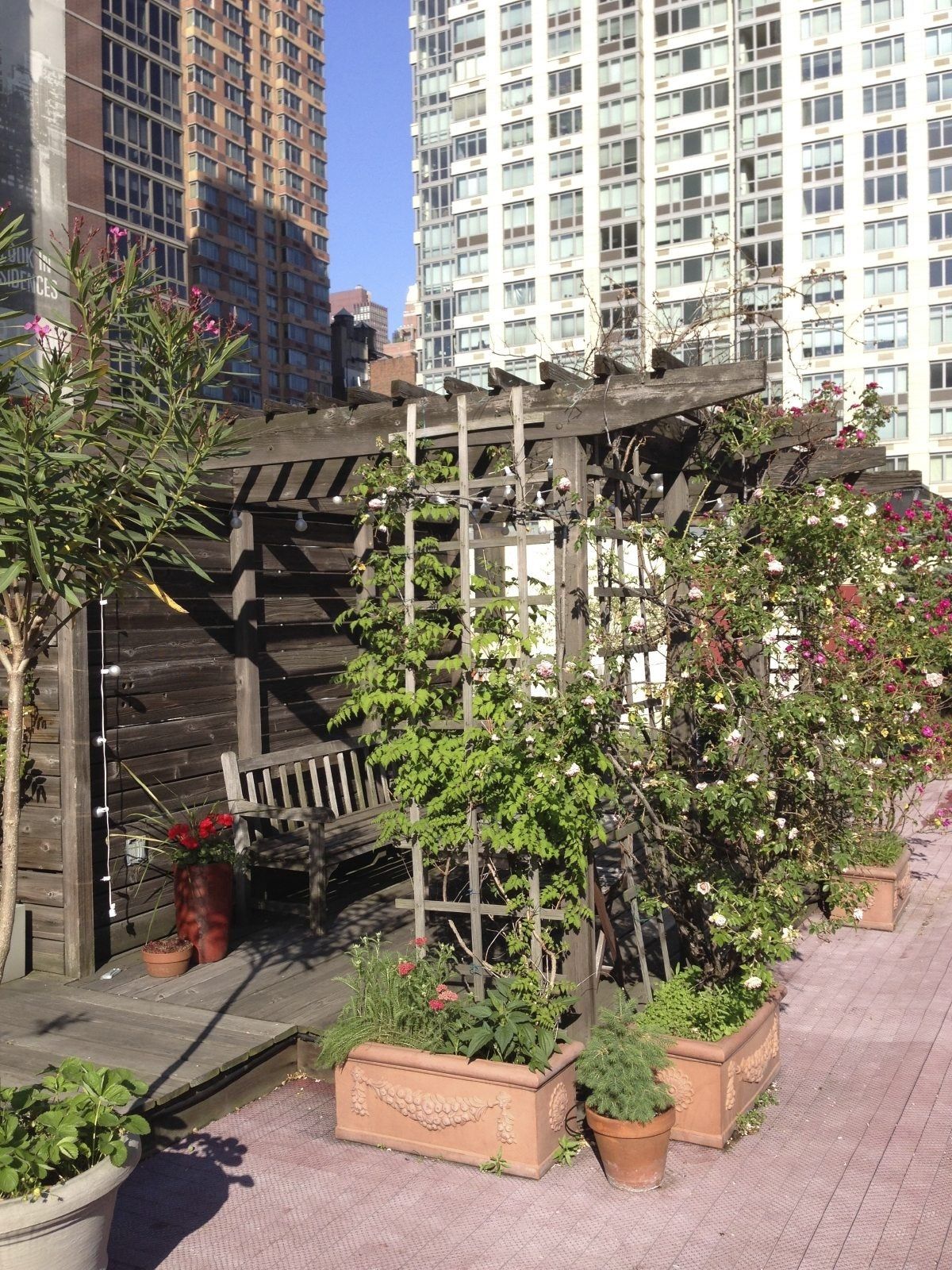The Best Strategy To Use For City Blooming
Table of ContentsNot known Facts About City BloomingThe 3-Minute Rule for City BloomingThe smart Trick of City Blooming That Nobody is Talking AboutExamine This Report about City BloomingCity Blooming for Dummies
Intrigued in growing food up for sale in the City of Chicago? Considering beginning a neighborhood yard? Modifications to the Chicago Zoning Ordinance allow farming uses like neighborhood yards and city ranches in numerous components of the city. Below is a list of often asked questions relating to the policies and guidelines that farmers need to consider when preparing a city agriculture job.
The zoning modification does not change any kind of various other codes handling composting, structure authorizations, purchasing or renting City had residential property, business licenses or environmental contamination. There are existing codes that manage these concerns and they stay completely result and might apply to your job. Area gardens are typically possessed or taken care of by public entities, public companies or community-based organizations and preserved by volunteers.
Urban ranches grow food that is planned to be sold, either on a not-for-profit or for-profit basis. Because of their commercial purpose, urban ranches need a company license. Yes. A neighborhood yard is enabled to market surplus generate that was grown on site if the sales are accessory or subservient to the yard's main purpose explained above.
The 9-Minute Rule for City Blooming
Composting is enabled however only for plant material that is generated and utilized on site. The quantity of garden compost material can not go beyond 25 cubic yards at any kind of provided time according to the standards in 7-28-715 of the City's Municipal Code. Yes. Because the soil at most brand-new yard sites needs modifying, compost, soil, timber chips, or other materials can be acquired to create or improve the growing area - sustainability.

If a building permit is called for after that the hoophouse will be thought about an accessory building. You can learn more concerning the structure license requirements by speaking to the Department of Structures. The 25,000-square-foot dimension limitation is meant to avoid a single area garden from controling an offered block or taking away from the block's existing domestic or industrial personality.
The restriction does not relate to yards found in Public Open Room (POS) districts. Can there be even more than one neighborhood yard that is 25,000 square feet on a single block? Yes. The size limit applies to individual gardens, not to specific blocks. No. Secure fencing is not called for, nonetheless, yards that have huge parking lot might be needed to mount fence or various other landscape design attributes.
Some Known Factual Statements About City Blooming
B1 & B2 districts require that all business usage activities be carried out inside. R areas limit business activity. The policies reflect the objective and intent of the Zoning Code. Is fence required for metropolitan ranches? Yes. Fences might be needed, in addition to landscape design and screening, for specific car parking areas and outside work or storage space locations depending on location and the details task occurring.
Yes. Urban ranches call for building permits and zoning authorizations before construction. Various other kinds of city testimonial might be called for depending upon certain frameworks, activities, size, landscaping, licensing, public health find out here and stormwater monitoring problems. Numerous of these needs are determined in the project design or permitting procedure, however, the candidate might be responsible to independently determine certain licenses or allows that might be called for.
Yes. The kind of certificate is established by what is happening at the website. The Division of Organization Affairs and Consumer Security can aid identify the certain sort of business license that's required. Yes. Off road parking is required for many business tasks in Chicago. The needed number of garage is based on the number of workers working with site and not the square video footage of the expanding room.
City Blooming Things To Know Before You Buy

Yes. An urban farm can sell compost product created on website, nonetheless, the operation needs to adhere to the policies in 7-28-715 of the Chicago Municipal Code. Yes. Aquaponic systems are enabled inside on urban farms in many zoning districts. However, a zoning testimonial and structure permit is needed in order to mount structures or systems and a service permit is called for as described above.
Approximately five hives or colonies of honey bees might be maintained as an accessory usage. Beekeepers must sign up with the Illinois Department of Agriculture. To learn more about the suggested zoning amendment you might contact the Division of Housing and Economic Development, Bureau of Preparation and Zoning at 312.744.8563.
Farming in cities and city areas An urban ranch in Chicago. Urban agriculture refers to different methods of cultivating. https://www.intensedebate.com/people/cityblooming1, processing, and dispersing food in city locations. The term likewise relates to the area activities of pet husbandry, tank farming, beekeeping, and horticulture in an urban context. Urban farming is differentiated from peri-urban agriculture, which takes area in backwoods at the edge of suburbs.
City Blooming for Dummies
It can include a movement of natural farmers, "foodies" and "locavores", who look for to create social media networks based on a shared principles of nature and community holism. These networks can create by method of formal institutional support, coming to be integrated into neighborhood community preparation as a "change town" motion for lasting metropolitan development.
The extra direct accessibility to fresh vegetable, fruit, and meat items that may be realised via urban agriculture can boost food safety and food security while reducing food miles, leading to lower greenhouse gas discharges, therefore contributing to climate adjustment reduction. Some of the very first evidence of city agriculture comes from Mesopotamia.